Ask Ethan # 82: Why are all the planets in the same plane?
The possibilities are almost endless, but why does everything line up?

Hope is not a belief that everything will end well, but confidence in the meaning that is happening, regardless of the outcome.
- Vaclav Havel
This week they sent me a lot of great questions, and I had a great choice. But, in pursuit of two recent questions about why all the planets rotate in the same direction and why our solar system is unusual, I chose a question from Nick Ham, who asked:
Why do all the planets rotate about in the same plane?
If you think about all the possibilities, it really seems unlikely.

Today, we have marked the orbits of all the planets with incredible precision, and found that they all orbit the Sun in the same two-dimensional plane with a difference of no more than 7 °.
')
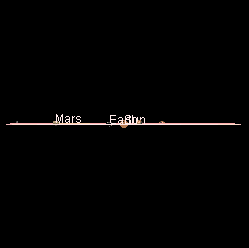
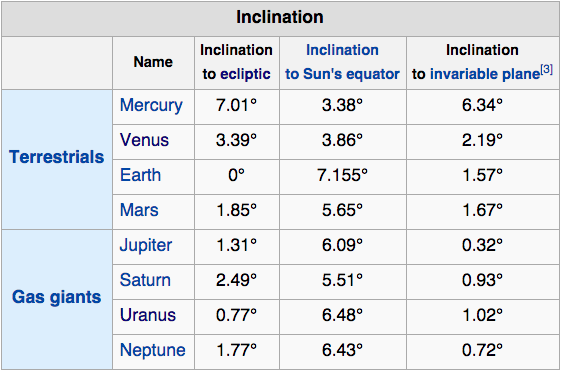
And if you remove Mercury, the innermost planet with the most inclined plane of rotation, everything else will turn out to be very well aligned: the deviation from the average plane of the orbit will be about two degrees.
Also, they are all fairly well aligned with the axis of rotation of the sun: as the planets rotate around the sun, so the sun rotates around its axis. And, as one might expect, the axis of rotation of the Sun is within 7 ° deviation from [the axes] of the orbits of the planets.
Still, this state of affairs seems unlikely, unless some force squeezed the orbits of the planets into one plane. One would expect that the orbits of the planets would orient themselves randomly, since gravity, the force that holds planets in constant orbits, works equally in all three dimensions.
One would expect a certain crowd instead of a neat and consistent set of almost perfect circles. It is interesting that if you move far enough away from the Sun, beyond planets with asteroids, beyond the orbits of Halley-type comets and Kuiper's belt, you will find exactly such a picture.
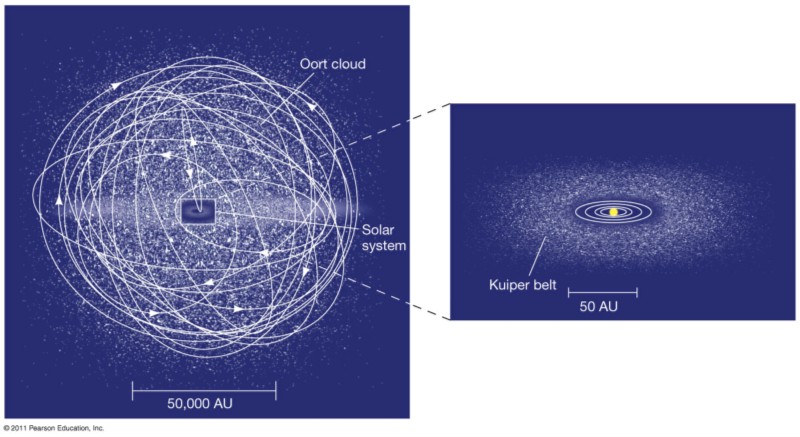
So what forced our planets to be in one disc? In one plane of orbits around the Sun, instead of digging around it?
To understand this, let's move on to the times of the formation of the Sun: from a molecular cloud of gas, from the matter from which new stars are born in the Universe.
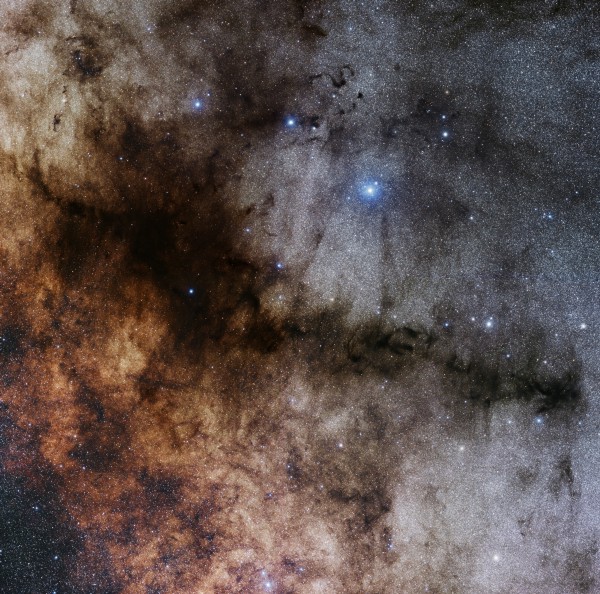
When a molecular cloud grows massive enough and becomes gravitationally bound and cold enough to shrink and collapse under its own weight, like the Trub Nebula (above, left), it will form fairly dense areas in which new star clusters will form (top, right) .
You can see that this nebula - and any other similar to it - will not be a perfect sphere. It has an uneven elongated shape. Gravity does not forgive imperfections, and due to the fact that gravity is an accelerating force, which quadruples each time the distance is reduced by half, it takes even small irregularities in its original form and increases them very quickly.
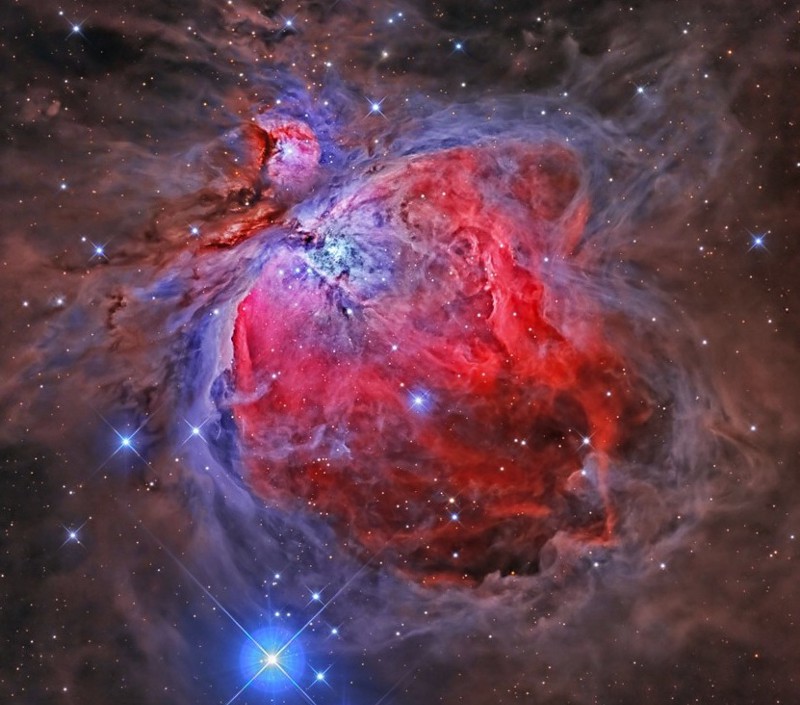
The result is a star-forming nebula of a highly asymmetric shape, and stars are formed where the gas is denser. If you look inside the individual stars present there, they are almost perfect spheres, like our Sun.
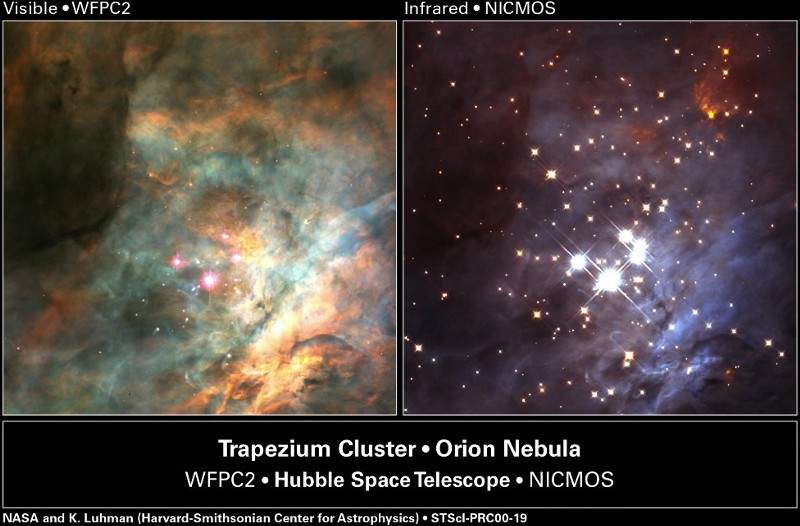
But just as the nebula became asymmetrical, so the individual stars formed inside emerged from imperfect, overly dense asymmetric lumps of matter inside the nebula.
First of all they collapse in one (of three) dimensions, and since matter - you, me, atoms consisting of nuclei and electrons - gets together and interacts, if you throw it into another matter, you will end up with an elongated disc matter. Yes, gravity will attract most of the matter to the center, where a star will form, but around it you will get what is called a protoplanetary disk. Thanks to their telescope. Hubble we saw such disks directly!
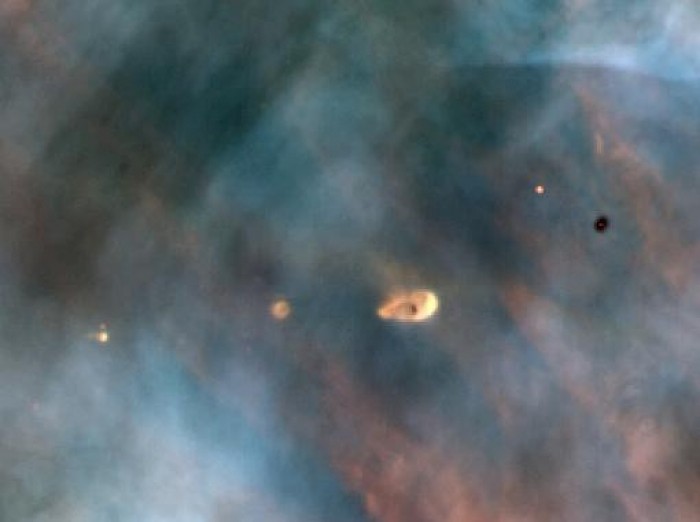
Here is the first clue why you get something aligned in a plane instead of a sphere with randomly flying planets. Next, we need to refer to the results of simulations, since we were not present in the young solar system for so long to observe this formation with our own eyes - it takes about a million years.
And that's what simulations tell us.
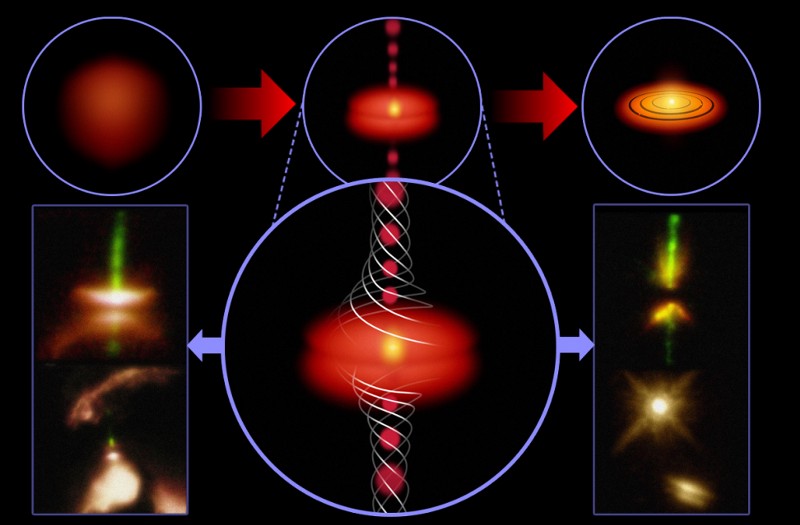
The protoplanetary disk, flattened in one dimension, will continue to shrink as more and more gas is attracted to the center. But as long as a large amount of material is drawn inward, its decent proportion will be in a stable orbit somewhere on this disk.
Why?
Because of the need to maintain such a physical quantity, as the angular momentum, which shows the amount of rotation of the entire system - gas, dust, stars and other things. Because of how the angular momentum works, and how it is approximately evenly distributed between different particles inside, it follows that everything inside the disk should move, roughly speaking, in one direction (clockwise or counterclockwise). Over time, the disk reaches stable dimensions and thickness, and then small gravitational deviations begin to grow into the planets.
Of course, there are small differences in disk size between its parts (and gravitational effects between interacting planets), and small differences in initial conditions also play a role. The star forming in the center is not a mathematical point, but a large object with a diameter of about a million kilometers. And when you put it all together, it leads to the distribution of matter not in an ideal plane, but in a form close to it.
In general, we only quite recently discovered the first planetary system, which is in the process of forming planets, and their orbits are located in the same plane.
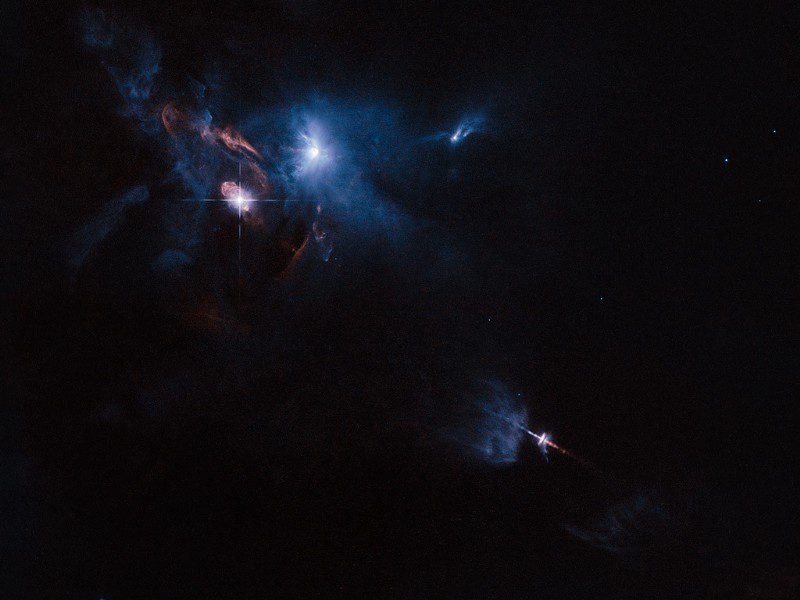
The young star on the left above, on the outskirts of the nebula - HL Taurus, located 450 light years from us - is surrounded by a protoplanetary disk. The star itself is only a million years old. Thanks to ALMA, an array with a long base that captures light at fairly long waves (millimeter waves), the length of which is more than a thousand times longer than the length of visible light, we got this image.

This is clearly a disk, with all matter in one plane, with dark gaps in it. These passes correspond to the young planets who have gathered nearby matter! We do not know which of them will merge together, which will be thrown out, and which will approach closer to the star and will be swallowed by it, but we are witnessing a critical stage in the formation of the young solar system.
So why are all the planets in the same plane? Because they are formed from an asymmetrical cloud of gas, collapsing first in the shortest direction; matter flattened and held together; it contracts inward, but turns around the center. Planets are formed due to irregularities in the matter of the disk, and as a result all their orbits are in the same plane, differing from each other by a maximum of several degrees.
An amazing story, and thanks to not only simulations, but also observations of the Universe, showing the amazing agreement of our best scientific theories and the real state of the Universe.
Thank you for the wonderful question! Send me your questions and suggestions for the following articles.
Source: https://habr.com/ru/post/369585/
All Articles